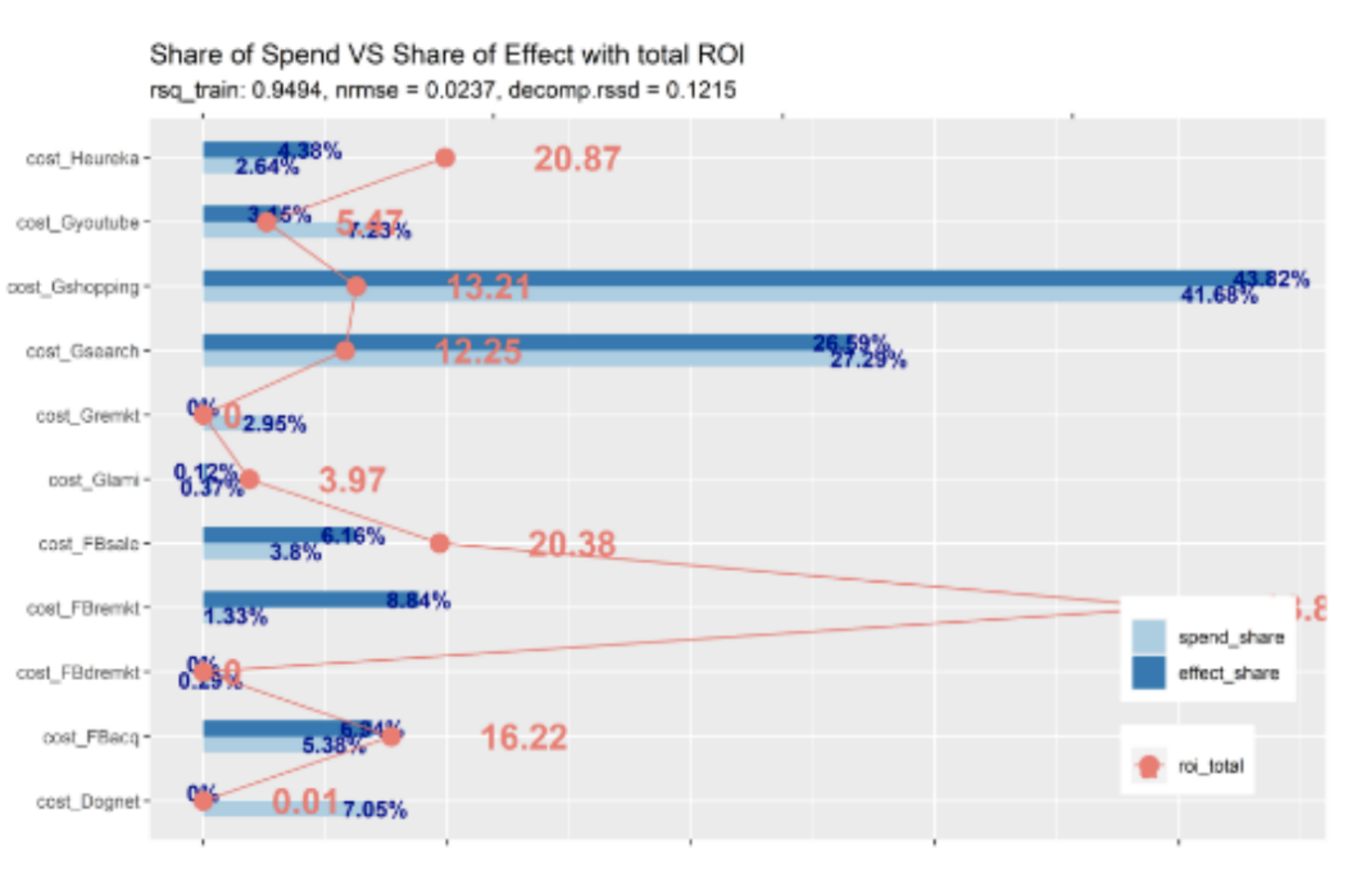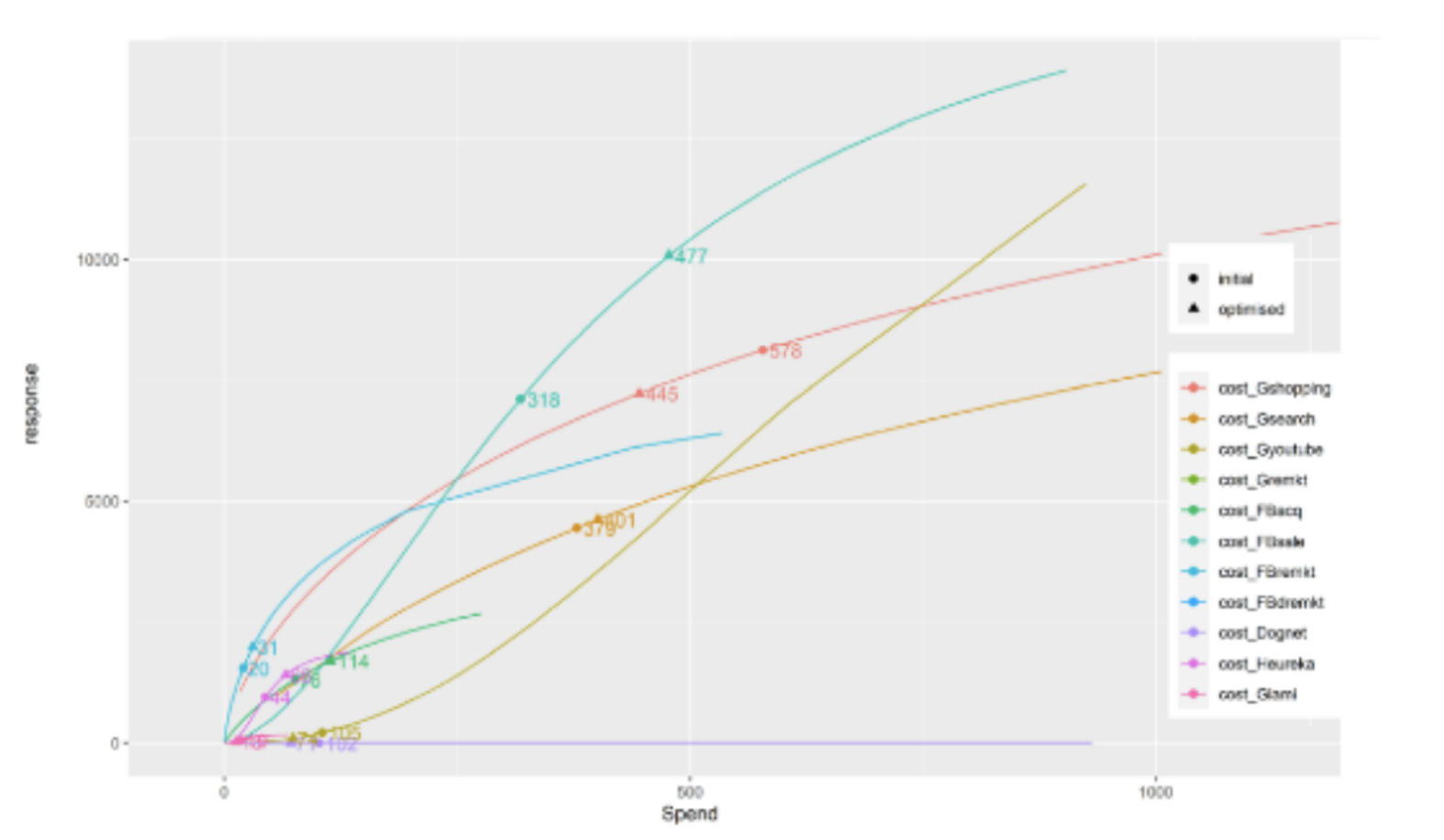Optimize your Marketing Mix and Improve your ROI and Cost Efficiency
Mi.MMM is an automated modern marketing mix modelling solution for marketing managers, CMOs and other executives with marketing and revenue responsibility to understand and measure the incremental value of marketing and to optimize the budget allocation in order to significantly improve their marketing ROI.
Get clear recommendations for a more effective budget allocation across online and offline channels
Despite having reports and analytics in every possible tool, marketing and revenue executives still don’t get actionable insights and answers to the key questions.


Find the best allocation of marketing budget among all channels to achieve best possible revenue.
Clear recommendations where you should increase / descrease spend and by how much.
Typical opportunity is 8-15% of cost savings.
Identify true incremental effect on revenue (or profit or app installs or new customer acquisition…).
Mi.MMM can be calibrated using marketing tests and experiments for ground truth.
Identify and measure long term effect of brand building or other non-performance marketing activities.
Model various scenarios “what would happen if I change investment in channel X by Y” using intuitive UI.
Try different constraints such as “Investment into TV can increase by 20% maximum over last year” and find best budget allocation given those constraints.
Incorporate expected changes in media prices.
Online media data, offline media data, external signals like weather etc – all can be ingested automatically.
Market and competitor level data.
Daily updated model results and insights available to you through UI and integration to leading BI tools (Tableau, PowerBI, Google Data Studio,…).
Results and signals from Mi.MMM can be integrated with your bidding platforms and tools.
No need for user-level data or cookies-based data.
Privacy-first solution.
Marketing Mix Modelling and Attribution Modelling have the same basic goal: measure the business impact of marketing channels and find out how to allocate marketing budget between channels in order to achieve the best possible results. The key difference between the two methods is that MMM analyzes effectiveness of marketing budget distribution from a top-down perspective, while attribution models are calculated at the level of a specific user (bottom-up approach).